Barks Blog
Ensuring Quality of Life for Blind Dogs
This article sets out tips for how owners of blind dogs can ensure their canines get to live their best possible lives, with a focus on the needs of each individual dog
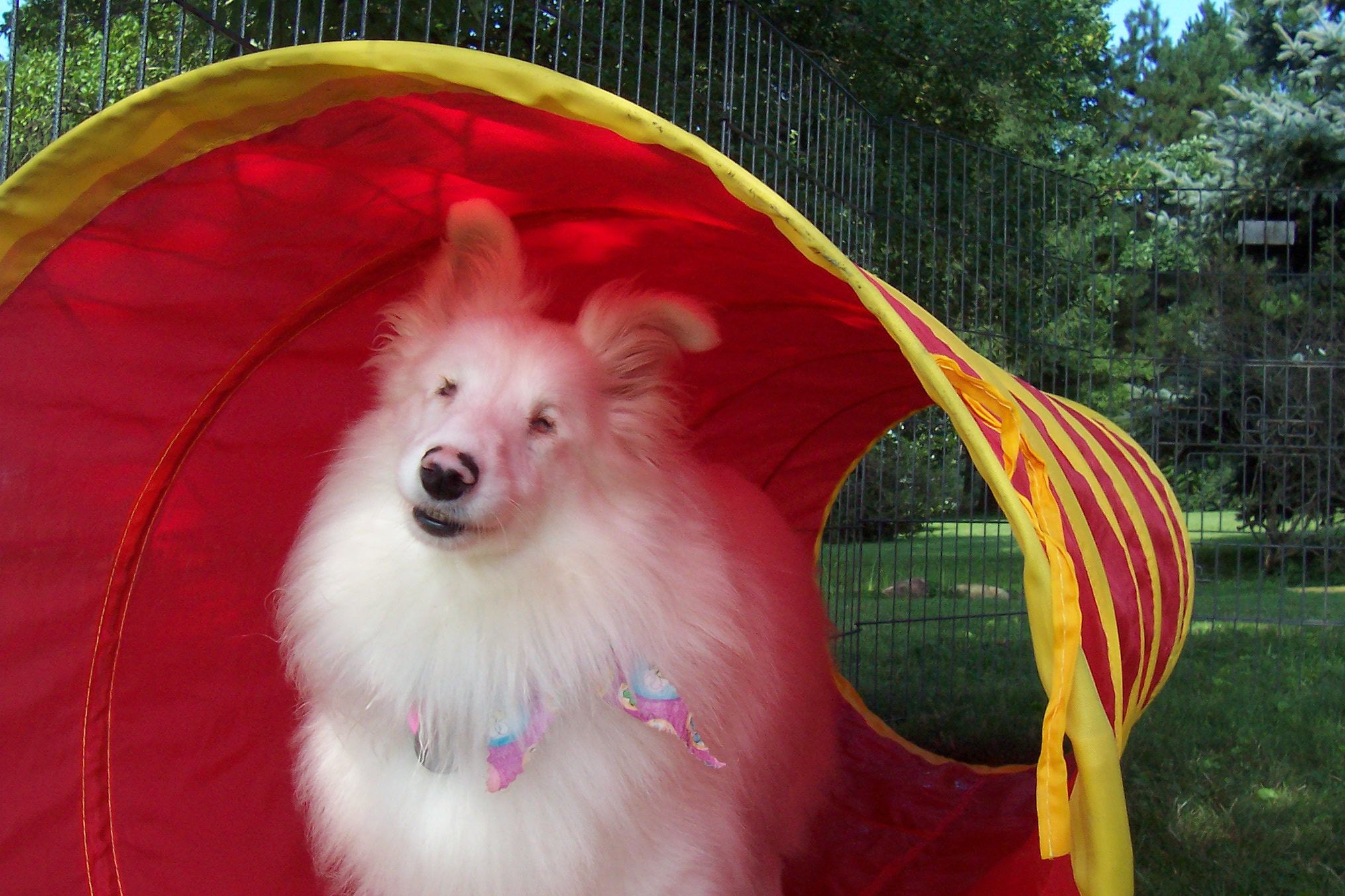
By Deb Bauer
The number one question that comes up when a dog becomes blind is whether the dog will have any quality of life. Whether a dog is born this way or develops blindness later in life, people are always very concerned about the dog being able to be happy and live a good life.
Many people are surprised that my blind/deaf dogs navigate through life with ease. They express delight that my dogs are so happy and can participate in everyday activities such as eating their meals, doing their business outside, playing with toys, and going for walks.
Some of them comment that they assumed my dogs would be sitting in a corner somewhere missing out on life and waiting for me to do everything for them.
I think perhaps this is because we as humans rely so much on our sense of sight that we can’t imagine being without it. We project these perceptions upon our dogs when they lose their sight.
Living in the Moment
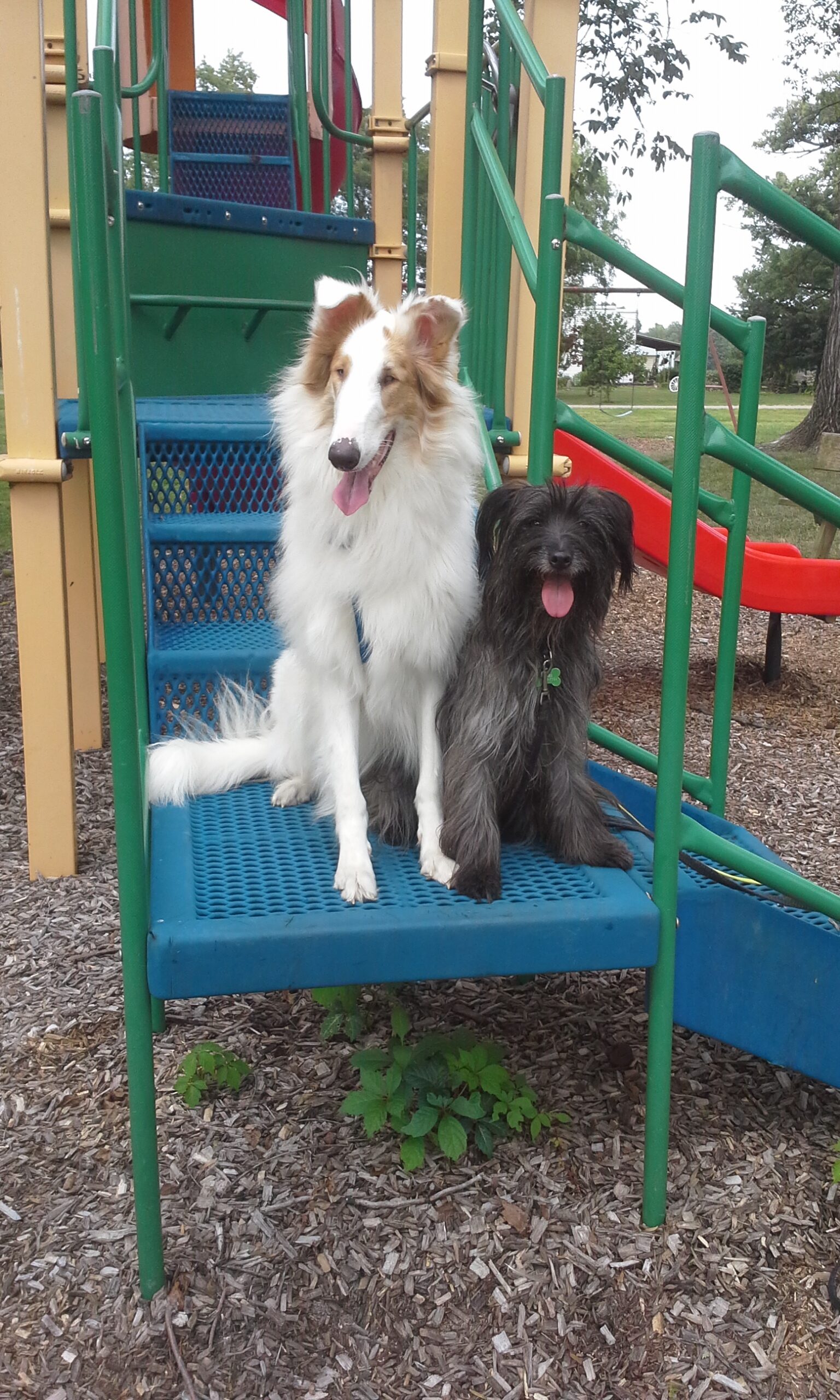
Our dogs live life much more in the moment than we do. Of course, there is an adjustment period when a dog loses their sight, just as there would be for us. Dogs do an amazing job of adapting and moving on with life if we give them the support they need to learn new ways of navigating their world.
Quality of life can mean a variety of things to different people. Most of the time when it’s mentioned to me, they are wondering if the dog can live a full and happy life, which they can!
When looking at quality of life, we must of course be sure all the dog’s basic needs are being met, but this is just the beginning.
I’ve created the FIVE Fabulous Foundations that every dog needs, which is my expanded interpretation of the Five Freedoms of Animal Welfare. This is my view of meeting the needs of dogs in today’s human society that allows them to lead happy and healthy lives.
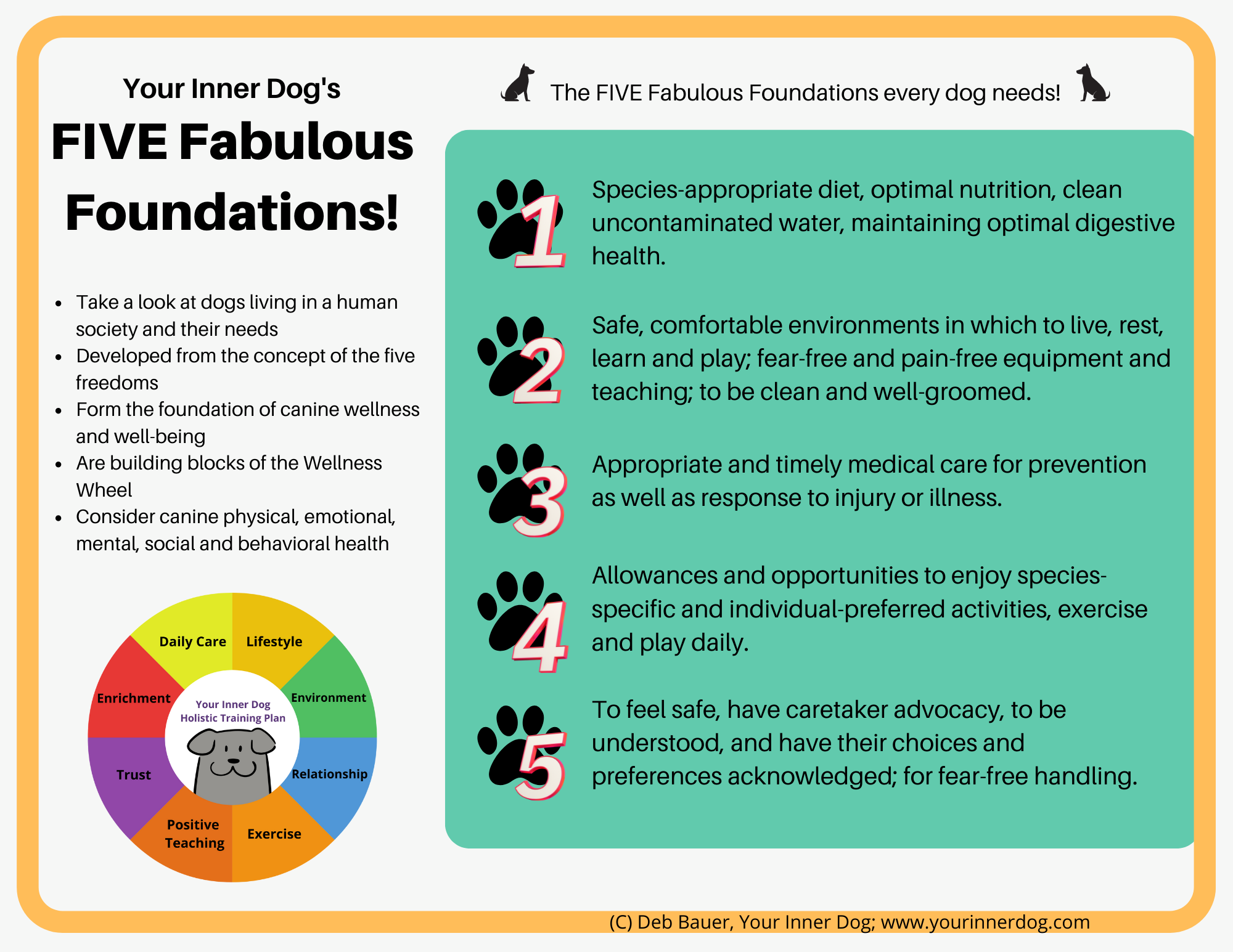
-
Nutrition and Digestive Health
Nutrition and digestive health have been shown to be important not only to physical health, but also to healthy emotions and behavior.
Ensuring that blind dogs have a place where they feel safe to eat at their own pace without worrying about interruptions is important. Dogs that are startled or worried at mealtimes may gulp or protect their food, and their digestion processes will not be optimal. Give them a safe, secure place to eat where they don’t feel hurried or concerned.
-
Comfort
We all need to feel safe and comfortable where we live. Our dogs are no different. Comfort includes proper grooming, well-fitted and properly used equipment such as harnesses, and being free of fear and pain.
Some dogs may require a pain management plan to ensure a good quality of life. Comfort should be looked at for each individual and what that means for that dog.
-
Medical Care
Preventative medical care is just as important as care given in response to an injury or illness. An appropriate medical team for the dog can go a long way toward supporting great quality of life.
Some considerations here may include pain management as mentioned above, a veterinary ophthalmologist, preventative chiropractic care, or working with a professional for behavioral interventions.
-
Enrichment
Dogs need time and opportunities to behave like dogs and do the things that are important to them – sniffing, moving their bodies, rolling in the grass. Many blind dogs continue to enjoy playing with favorite toys, going for car rides and walking or swimming regularly. There are often easy adaptations that we can make to allow them to continue to do these things safely.
-
Feeling Safe
It’s important to ensure our blind dogs always feel safe. They don’t pick up environmental cues through sight, so it’s important for their caretakers to advocate for them and help them understand what’s happening in the environment and what’s expected from them. Safety is a need that we all share and one that goes a long way toward having a good quality of life.
Strong Foundation
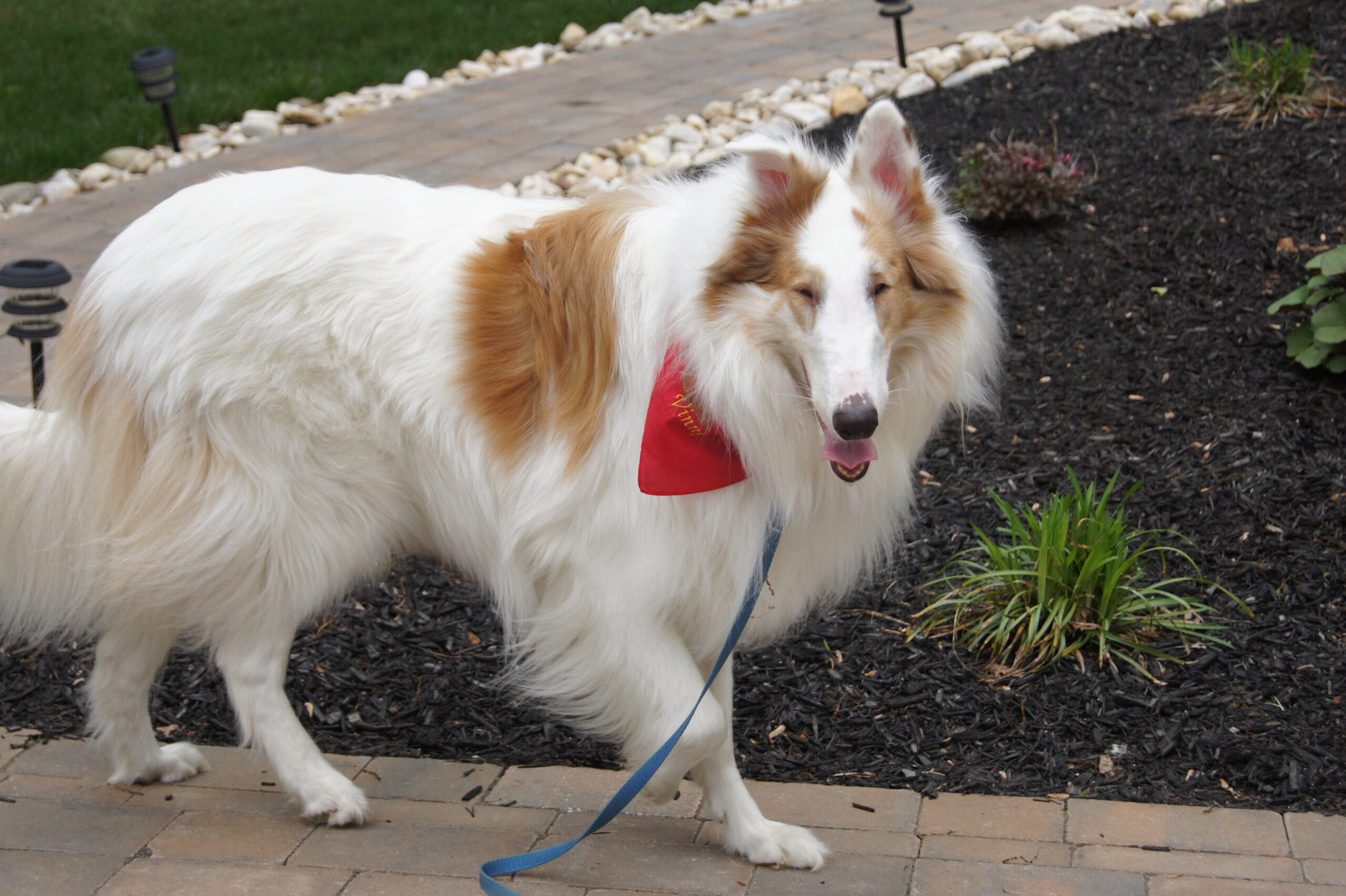
Once we’ve built a strong foundation, we can add more aspects to the quality of life plan to add more variety and nuance to a blind dog’s well-being.
Setting up the environment for safety allows the dog to make choices and feel comfortable knowing they can predict the layout of the house and yard. Understanding how life works around them leads to contentment. Creating predictable rituals around handling and daily activities helps dogs feel safe. Allowing choice is a great way to help blind dogs increase their confidence in their abilities.
Stimulating Environment
Creating stimulating environments and situations for blind dogs to explore and interact with keeps their brains and bodies active. Enrichment is important for building confidence and independence, and for encouraging calm, satisfied behaviors.
It is an important part of my protocol for working with repetitive behaviors which may be seen with some dogs with sensory deficits.
Choosing appropriate toys and games for blind dogs involves considering what that individual dog enjoys, as well as incorporating adaptations for safety and fun. Play and fun are important for well-being and relationship within their family.
Enhanced Communication
Communication is enhanced through training using positive, fear-free methods, and utilizing a variety of cues to help the dog navigate the environment and activities.
Dogs that have hearing can learn to respond to sounds or verbal cues, while dogs with some sight may also be able to respond to visual cues. Tactile cues can be used for dogs that are both blind and deaf.
Alone Time
One important aspect of quality of life that is often overlooked is teaching a dog to spend time alone. This is often challenging with dogs that are blind. They need help learning the cues and expectations of a family member leaving and returning.
Dogs that lose their sight later in life may find this especially concerning, as they are already feeling vulnerable while adjusting to losing their sight. Being left alone can feel very scary. Setting up a plan to help dogs learn to feel safe when we need to leave them alone is important for their well-being.
Individual Plans
Quality of life considerations may look different for individual dogs for a variety of reasons. Some dogs, as mentioned above, may need a pain management plan in place. Others may need outings that allow them to explore new places and meet new people to satisfy their natural curiosity and social needs.
For other dogs, going to new places may not be something they enjoy. They may need us to keep their environment predictable to help them feel safe.
Our dogs are reliant on us to provide them with the opportunity to have a wonderful quality of life. These foundations give us a great starting point in looking at how we can provide that for them so their lives will be full, healthy and happy.
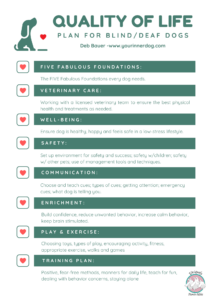
Resources
Brambell, R. (1965). Report of the technical committee to enquire into the welfare of animals kept under intensive livestock husbandry systems. London, UK: Her Majesty’s Stationery Office
Debbie Bauer, owner of Your Inner Dog, has over 30 years of experience teaching and consulting with dogs and their people. She brings a holistic approach to exploring wellness, well-being and behavior. Known internationally as an expert in working with dogs that are blind and/or deaf, she is the author of several books and keeps an informative and fun blog about her blind and deaf dogs. Debbie has trained dogs in a variety of fields, including therapy work, flyball, herding, obedience, agility, musical freestyle, conformation, lure coursing, tricks and scent work. She enjoys presenting workshops and classes on topics related to dog training, behavior wellness and concerns, and working with blind and deaf dogs

